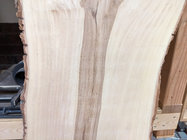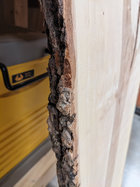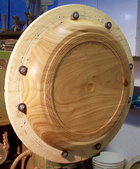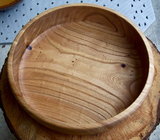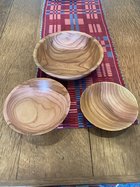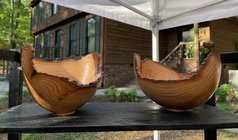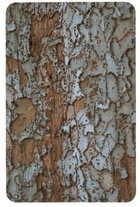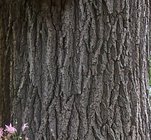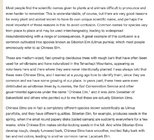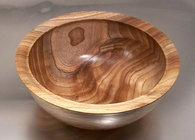Hi all, I'm looking for some help identifying this wood species. I live near Raleigh, North Carolina and the log came from a tree in my neighbor's yard. The grain is unlike any other wood I've worked with, with waves between the growth rings.
The slab in the photo is roughly 12 inches across at the middle (as is the cross section), the distance between growth rings in the cross section is between 1/2 and 1/4 of an inch. The wood starts off blond but the surface turns orange over time. It's hard wood, based on the time spent at the grinder (harder than cherry or maple).
Any help is appreciated, thanks!
The slab in the photo is roughly 12 inches across at the middle (as is the cross section), the distance between growth rings in the cross section is between 1/2 and 1/4 of an inch. The wood starts off blond but the surface turns orange over time. It's hard wood, based on the time spent at the grinder (harder than cherry or maple).
Any help is appreciated, thanks!


